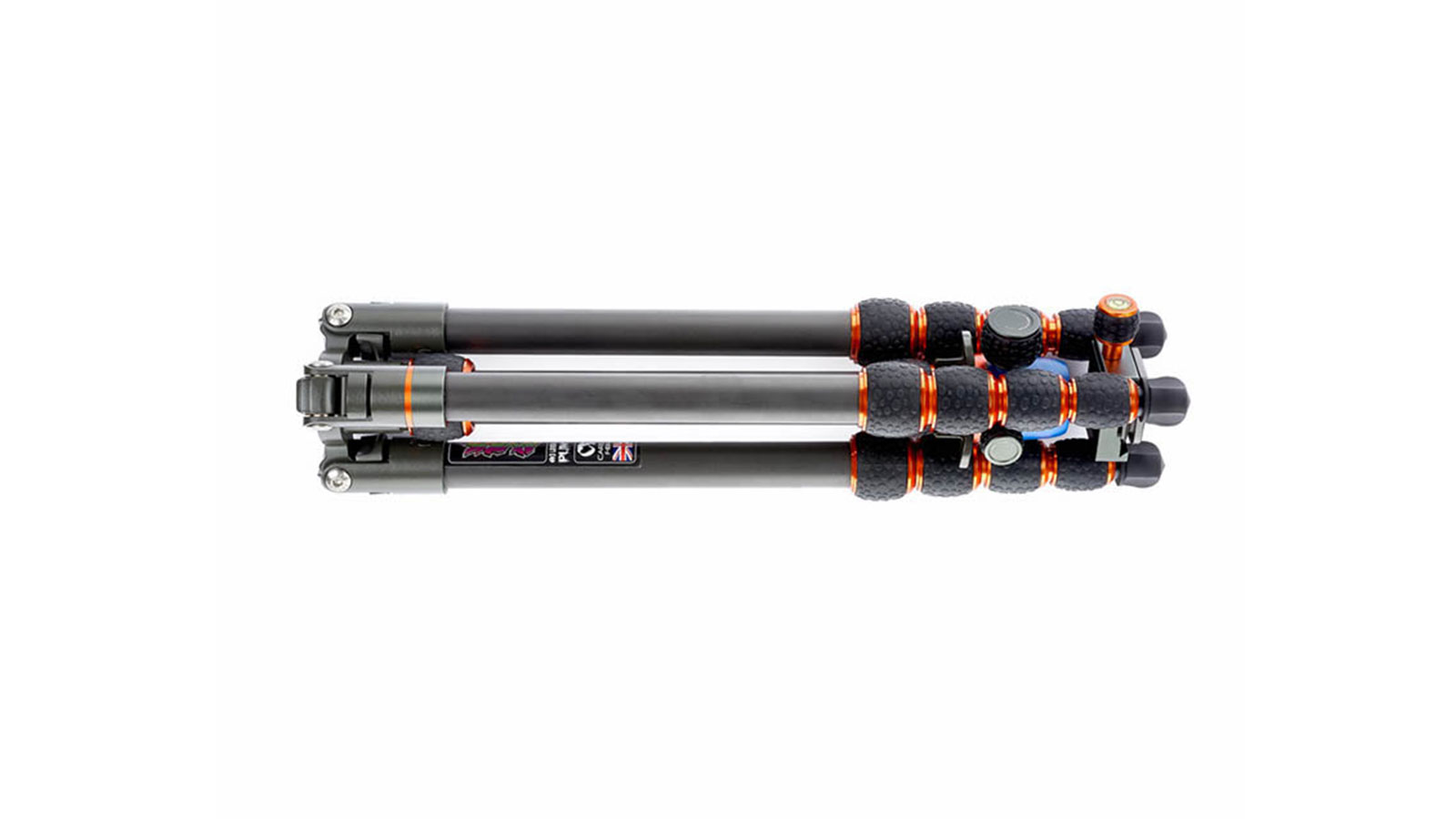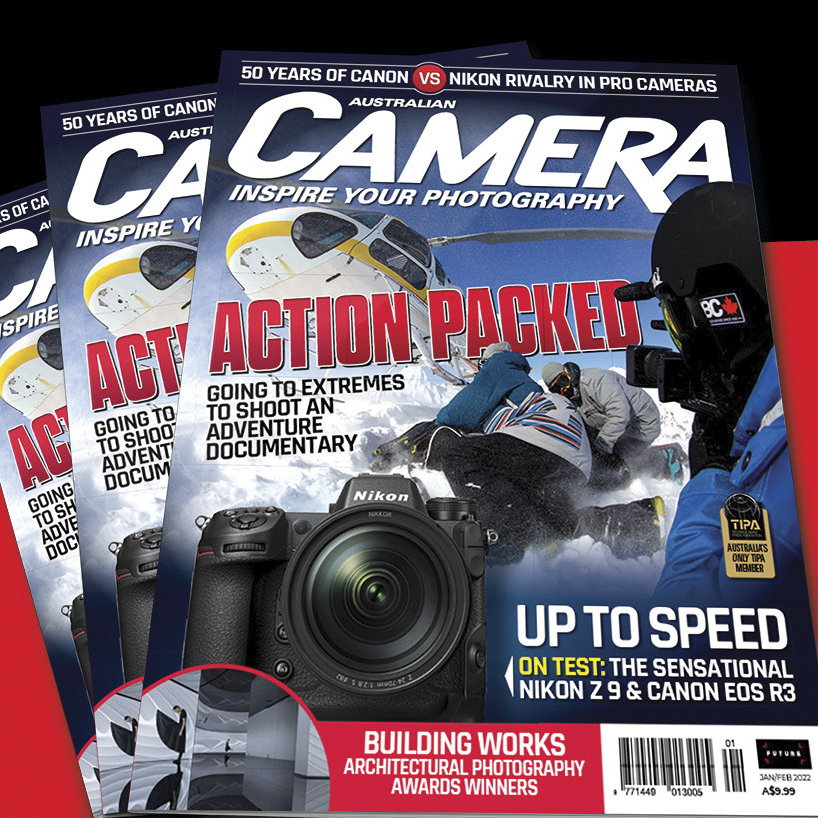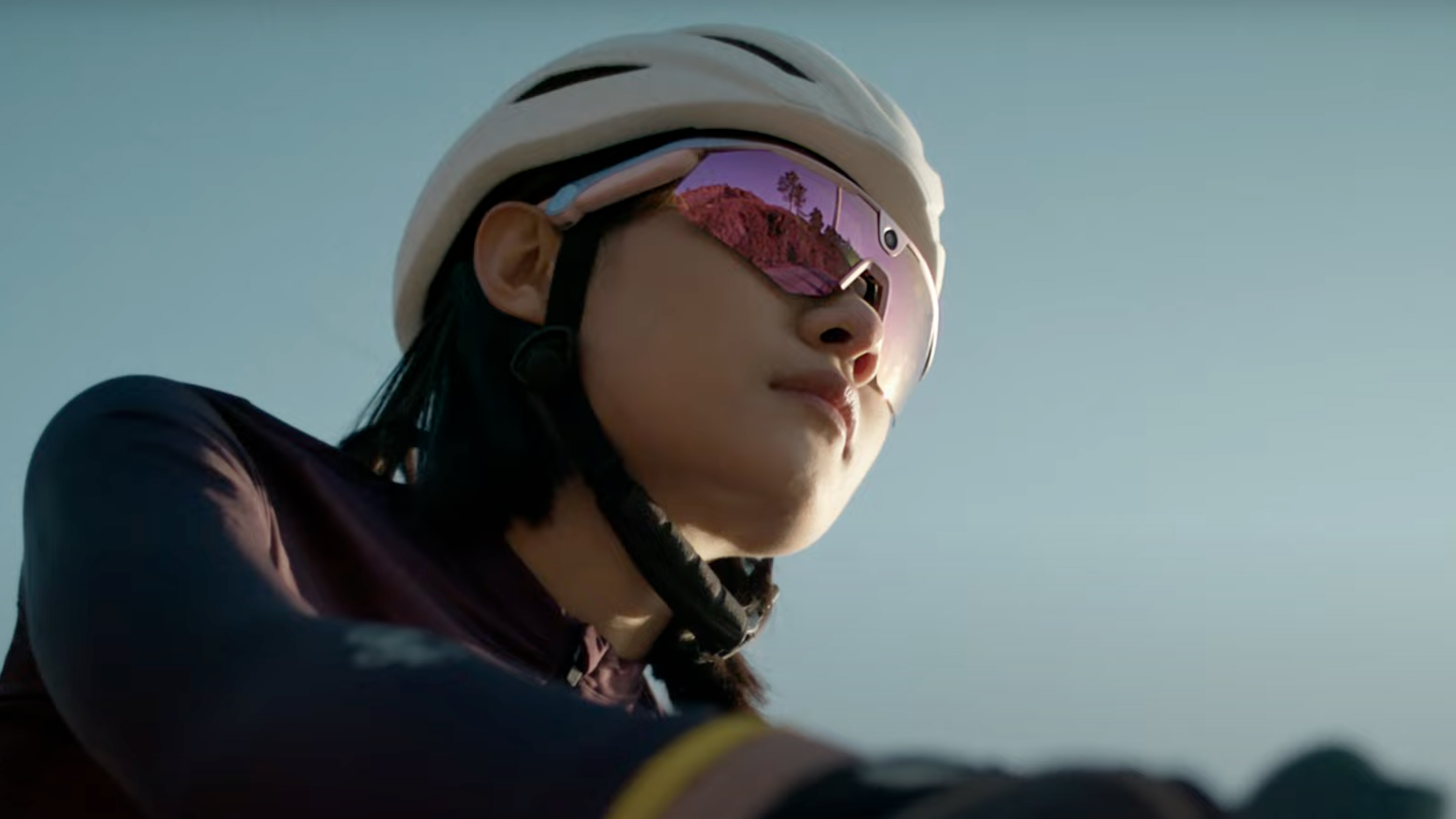Digital Camera World Verdict
Legendary guitarist Brian May is the inspiration for a travel tripod that’s also multi-talented and extremely versatile. It’s also an extrovert so, if you like your tripods in basic black, look elsewhere.
Pros
- +
Extremely compact when folded
- +
Tri-mono configuration works like a monopod
- +
Very wide height range
Cons
- -
There are cheaper tripods which do much the same things
Why you can trust Digital Camera World
Tripods are troublesome things. As regular readers will know, there are two items of photographic kit that will never, ever be quite right – the camera bag and the tripod.
We don’t think we’re alone either because plenty of people seem to believe they can do a better job by designing their own… which is a good thing because sooner or later we might just be proved wrong.
Building a better camera bag is what spawned, for example, Think Tank Photo in the USA, and it’s frustration with tripod designs that has resulted in 3 Legged Thing. Like TTP, 3LT is run by a bunch of photographers and they’re based in a converted chicken shed on a remote farmhouse in rural Bedfordshire, England. Already you might be getting the idea that these guys (and one girl) like to do things a bit differently from the mainstream manufacturers. In fact, even the funsters at Think Tank Photo look a bit conservative in comparison. Think instead, of what might result if Think Tank Photo and Crumpler ever got together.
Apart from the desire to make tripods work better, 3LT wants to change their image completely so any black bits are only this color because they have to be (at least until somebody can come up with a way of coloring carbonfibre). Any metal components have anodized finishes in a variety of colors and, instead of model numbers, the 3LT tripods all have names. More specifically, they’re all named after rock stars so Brian, as featured here, pays homage to Queen’s legendary guitarist, Brian May. There’s also an Eric (Clapton, of course), a Keith (Richards) and a Frank (after Zappa). The 3LT ball heads are, appropriately, called the AirHeds and everything carries the trade-marked slogan “They Came From Stagsden!” which has given a sleepy Bedfordshire village more notoriety than it probably ever wished for.
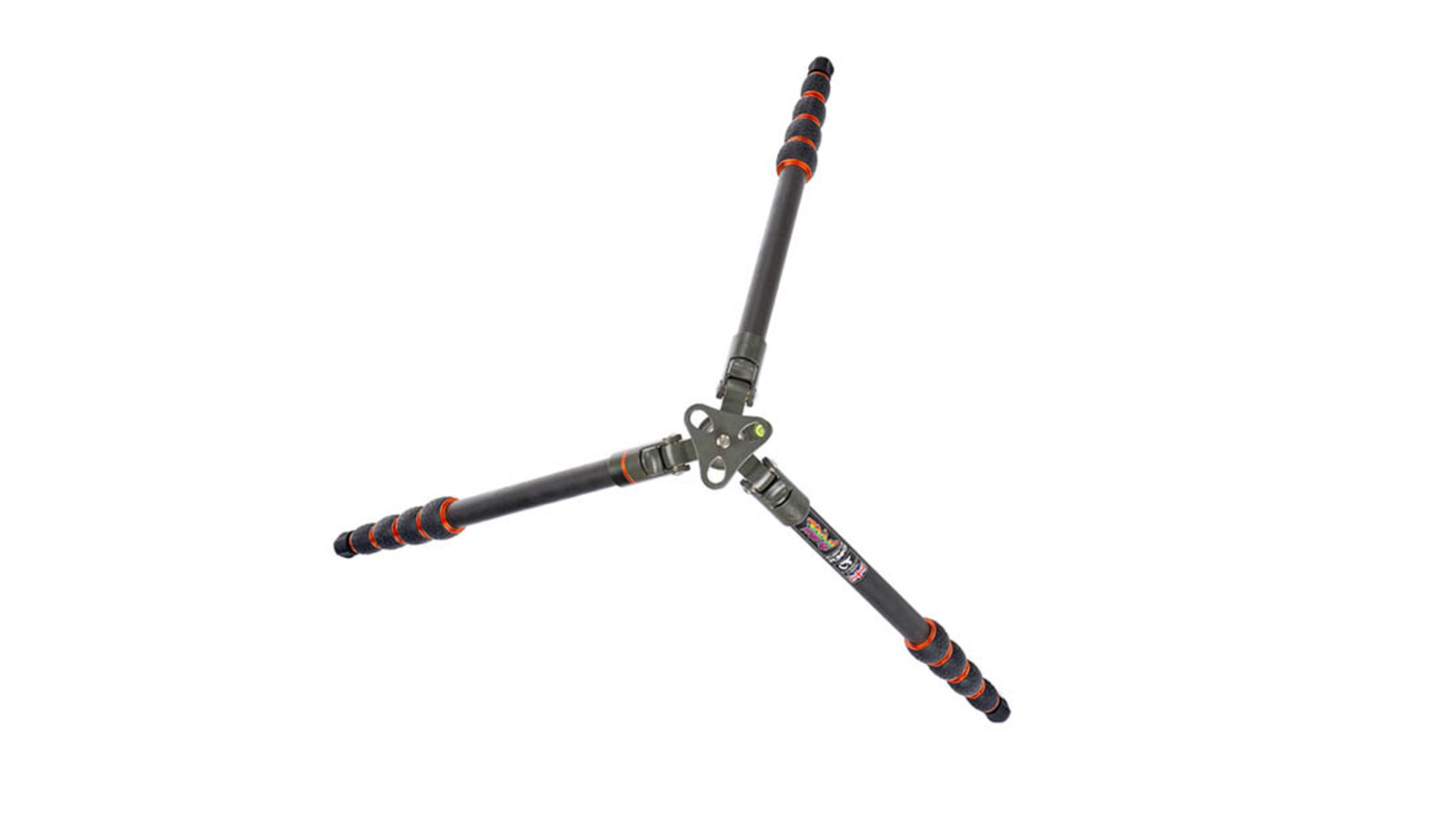
Reaching new heights
Brian was the first tripod designed by 3LT and it’s since been upgraded to a second-generation ‘Brian 2’, but by the time you read this, a wholesale ‘Evolution 2’ set of revisions will have been applied across the Rock Legends Range. Most of these changes are small, but they’re all designed to further enhance the flexibility, efficiency and usability of the 3LT tripods. 3LT describes Brian as “the most versatile and capable travel tripod in the world”, and this starts with its folding design which employs an arrangement whereby the legs fold through a full 180 degrees to lie flush with the centre column. This results in a much shorter package that’s easier to carry – in fact, it’ll actually fit inside many camera bags or backpacks – without compromising the maximum height that’s achievable. Consequently, fully extended, Brian stands 2.06 metres tall (in his 2nd Gen. Evolution 2 form), but it’s also possible to go as low as 125 mm which is a remarkable height range.
All Brian’s tubes – centre column and legs – are carbon fibre; the latter with five sections and the former with three. The legs are eight-core ‘Stealth’ carbon fibre too, which is super lightweight, but super strong (or, perhaps more importantly, exceptionally rigid). The centre column is actually ten-core tubing for even greater rigidity (extra important given the amount of extension that’s possible).
Consequently, Brian can support loads of up to eight kilograms which takes care of many D-SLR and tele lens combos. Incidentally, on the subject of using big lenses, the tripod has a novel 'tri mono' mode which is when the centre column is fully extended, but the legs stay retracted at the 55-degree angle setting. This way the tripod basically works like a monopod, but if you let go it stays standing and so, what this means in practical terms is that you don’t have to put the whole set-up down if you’re also shooting with another camera… so the camera stays safely out of the wet grass, the dust or the cow pats.
Low shots
All the leg and column sections have Gitzo-type twist-action friction locks. To get down really low, the centre column can be completely detached and then the mounting plate – with or without the ball head – is transferred to the main neck of the tripod. The widest leg angle is 80 degrees and there are two other settings at 55 degrees and 25 degrees. The locking mechanism for the leg angle adjustments has been slightly revised on the Evo 2 models, primarily to make it smoother.
The triple-section centre column has a mounting point at either end. Normally, the bottom fitting carries a spring-loaded hook which is used to attach a sand back or other form of ballast. Of course, it’s reversible which is another option for low-level shooting and the extendable column means it’s possible to use the tripod in this configuration with the legs extended too, giving a much larger working area. Then the top mounting point can be used for fitting a laptop platform or a tablet bracket so the camera can be used tethered and you don’t have to struggle with its upside-down monitor screen.
Cleverly, one of the legs unscrews to become a monopod (it’s the one wearing the zippered cover so it’s easy to identify) and then the tripod’s mounting plate simply screws into the top via a 100 mm extender that’s supplied with the tripod.
On the Brian all the metal components – or ‘furniture’ in tripod parlance – are machined magnesium alloy components with an anodised finish in bronze (replacing the gold colour seen on the version illustrated here) while the AirHed is in a fetching electric blue. A big plus is that 3LT uses the Arca Swiss mounting system for the quick-release plate rather than yet another proprietary arrangement which, for many photographers, demands an investment in three, four or more extra plates. Additionally, the plate is compatible with the BlackRapid strap system, although the required connector is an optional extra as are the spikes that can replace the standard rubber feet. However, Brian does come in his own smart-looking, tube-style carry case which has a zippered compartment inside its lid to hold a set of Allen keys, the column extension for the monopod and perhaps a spare camera plate.
The mounting bracket has a spirit level on its side (two on the Evo 2 version) and a second within the top which is obviously concealed when the camera or lens is fitted, but by then it shouldn’t be needed anyway. There’s another bubble level on the main neck of the tripod which is a very good idea because sometimes it’s this part of the tripod that needs to be levelled first and then everything else follows.
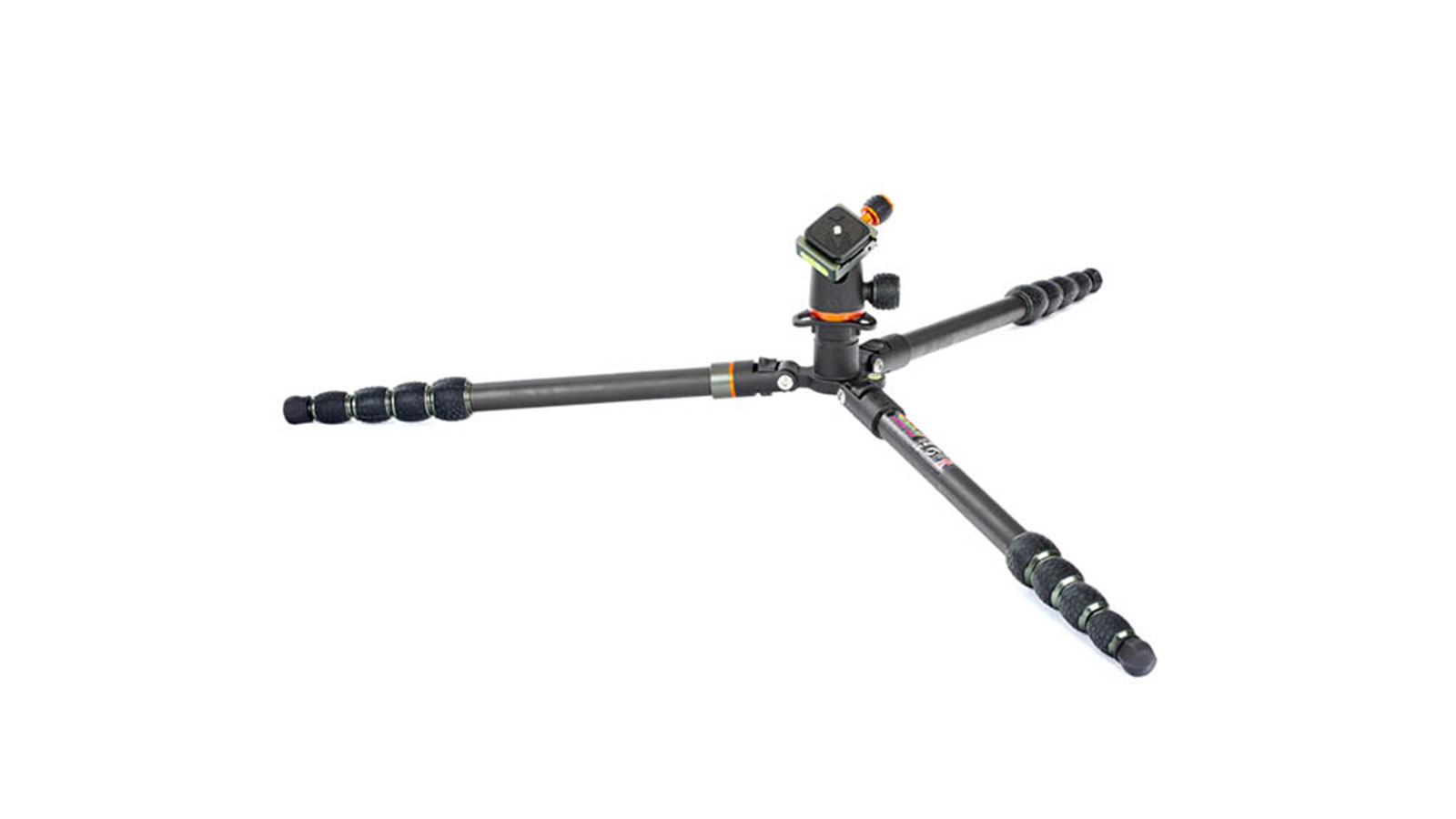
Taking over the world
The AirHed gets the Evo 2 makeover as well so it’s actually smaller and lighter than before, but its maximum loading goes up to a massive 35 kilograms (should you want to use it with a beefier set of legs). The operation of the locking knobs – for both the panning action and the ball itself – has been improved, although to be honest, we didn’t find much wrong with the previous design. However, it also has a smoother panning action and there’s a new arrangement of three bubble levels so there really is no excuse for tilted horizons.
At present the 3LT tripods are designed in England and manufactured in China, although the company is looking at the logistics (and costs) of building Brian and his mates at home. This is still probably a bit down the track because getting set up, launching and then subsequently upgrading its entire product line (twice!) in the matter of just two years has demanded all available resources, both human and financial.
However, now the word is getting out and 3 Legged Things are starting to stride across the globe – and attracting a growing number of users who like the combination of different styling, exceptional functionality and the clear evidence of a human (and humorous) touch.
Verdict
Perfection is an elusive goal in tripod design and 3LT Brian isn’t quite there yet, but there’s really little to fault in terms of the sheer usefulness derived from the combination of its flexibility when extended and compact dimensions when folded. Some real thought – by real people who actually shoot in the field – has gone into the numerous clever little features which make this tripod work exceedingly well.
We conducted most of our testing with the second-generation Brian 2 and the above conclusion applies as much to it as to the ‘new and improved’ Evo 2 version. One arrived just as this issue was about to close so we were able to have a brief play and try out the various updates.
It’s hard to get your head around the idea of a tripod having a personality, but somehow 3LT’s Brian does have a curiously endearing quality… don’t be surprised if you see the headline ‘Photographer Marries Tripod!’ in the not too distant future.
Read more:
The best travel tripod in 2020
The best tripods available today
The best carbon-fiber tripods
The best video tripod in 2020
Australian Camera is the bi-monthly magazine for creative photographers, whatever their format or medium. Published since the 1970s, it's informative and entertaining content is compiled by experts in the field of digital and film photography ensuring its readers are kept up to speed with all the latest on the rapidly changing film/digital products, news and technologies. Whether its digital or film or digital and film Australian Camera magazine's primary focus is to help its readers choose and use the tools they need to create memorable images, and to enhance the skills that will make them better photographers. The magazine is edited by Paul Burrows, who has worked on the magazine since 1982.

